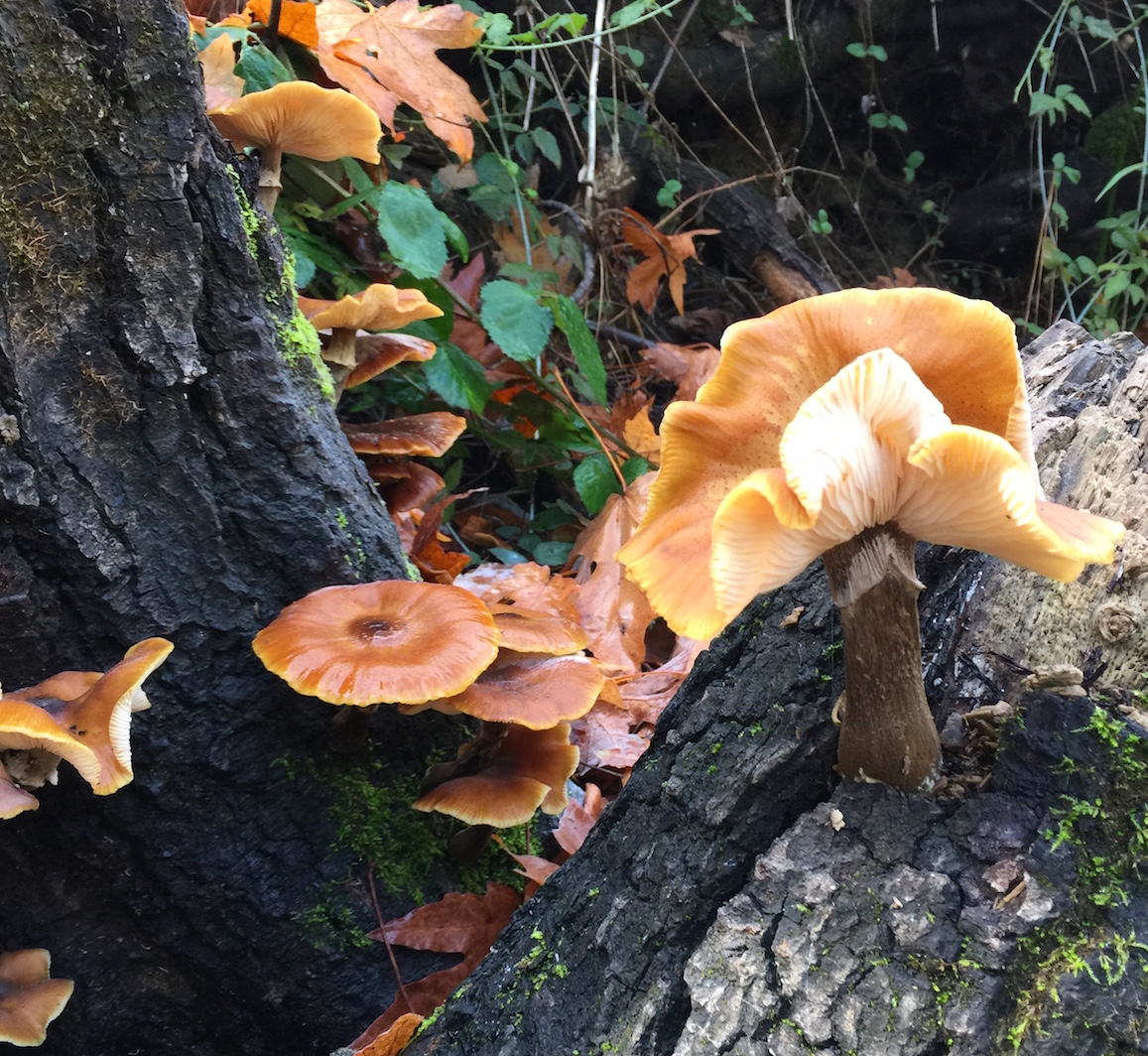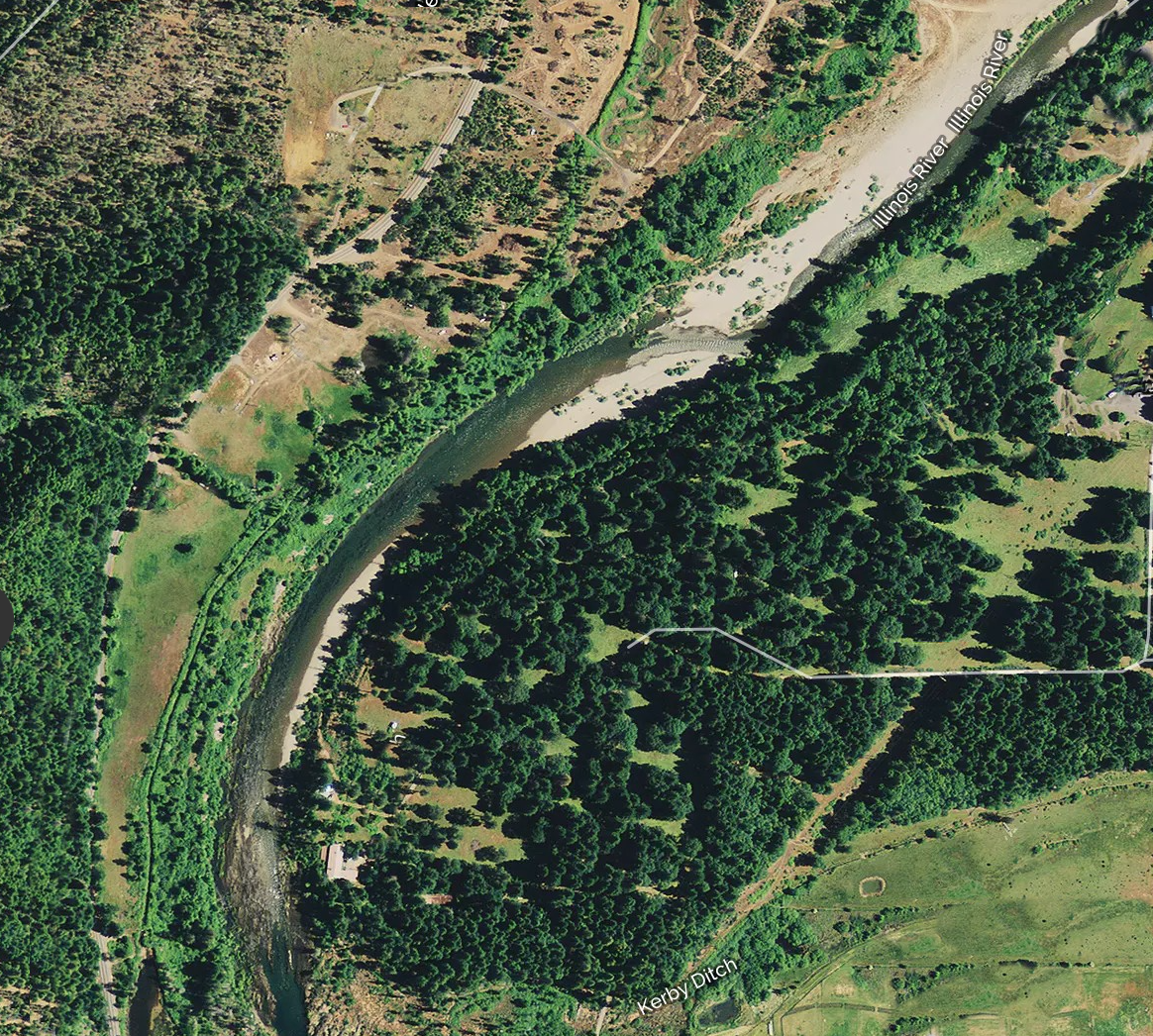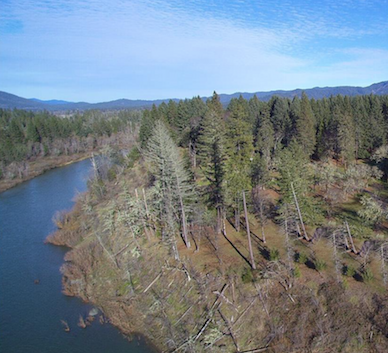This website uses cookies so that we can provide you with the best user experience possible. Cookie information is stored in your browser and performs functions such as recognising you when you return to our website and helping our team to understand which sections of the website you find most interesting and useful.
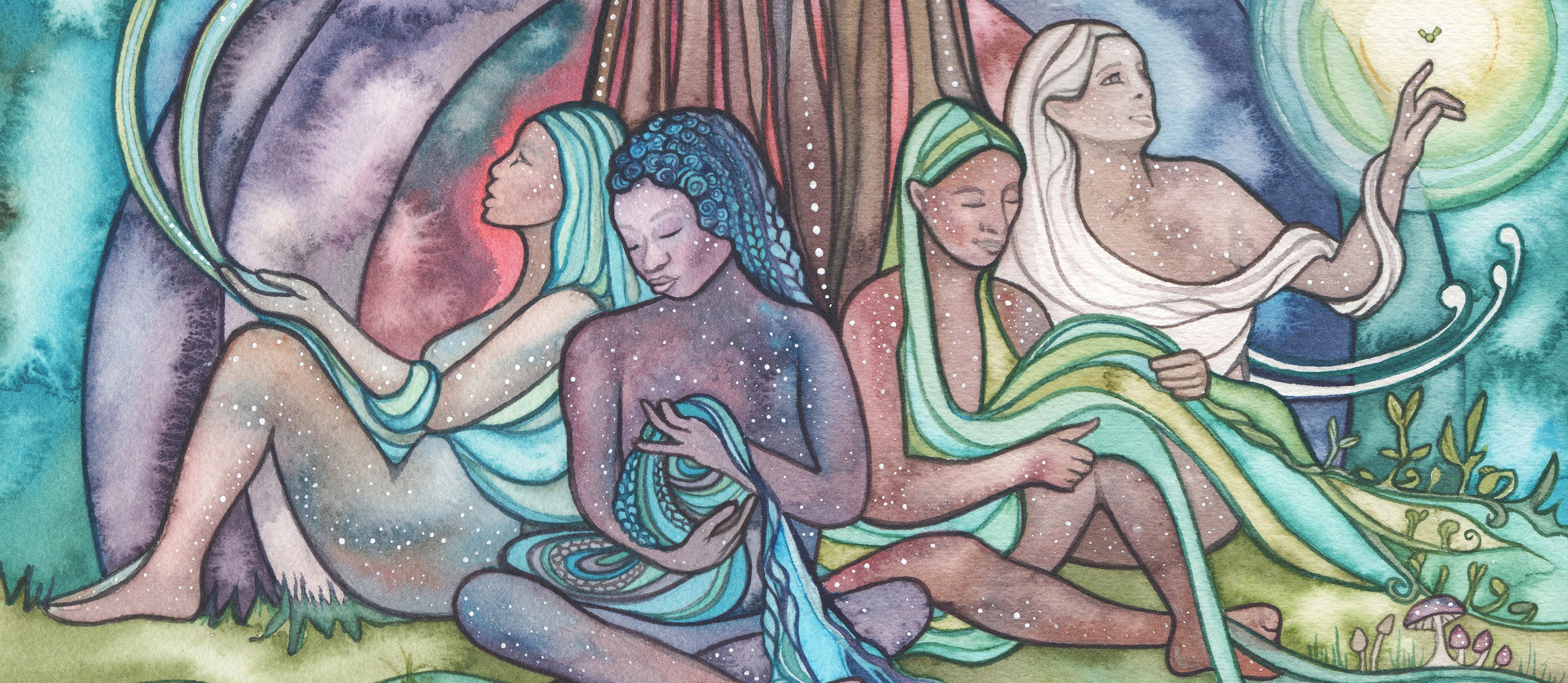
The Land
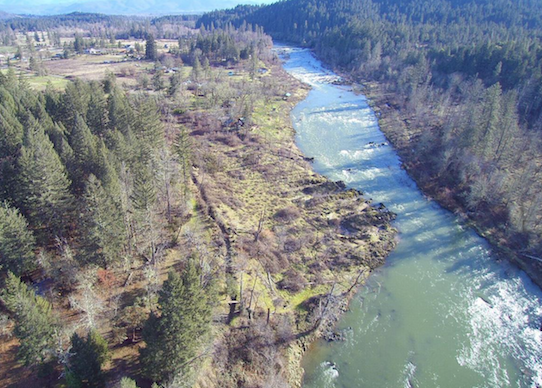
Located in the Illinois Valley of Southern Oregon and nestled alongside the Illinois River, just east of the Rogue River and Siskiyou National Forest, lies the new official home of our gathering. The climate and biodiversity of this area over time have created a very abundant environment for a wide variety of plants and animals to thrive, and therefore, a home to humans for a very long time.
For thousands of years, the Takelma people lived in the Illinois and Rogue River valleys, what is now known as Josephine County. They lived in small bands close to the land. Interior southwest Oregon has pronounced seasons and the ancient Takelma adapted to these seasons by spending spring, summer and early fall months collecting and storing food for the winter season.
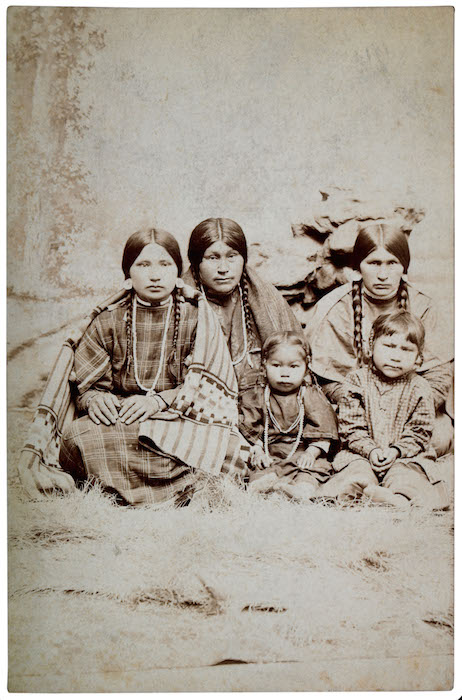
Salmon was central to their food source and way of life. The salmon diet was supplemented by game, such as deer, elk, beaver, bear, antelope and bighorn sheep. Smaller mammals, such as squirrels, rabbits and gophers, might have been snared by both men and women. They gathered the root of the Camas plant, part of the asparagus family, as well as acorns from the two native species of Oaks, the Oregon white oak and California black oak. Other vegetation included manzanita berries, pine nuts, tarweed seeds, wild plums and sunflowers. The Takelma are also known to have cultivated a native tobacco plant, but otherwise relied on the fruits of the wilderness for their survival. The main utensils included horn, bone and wood-made implements and a great variety of baskets constructed generally by twining on a hazel warp. Stone was used in the making of arrowheads and pestles. The clothing and personal adornment of the Takelma was similar to the tribes of northern California. Notable characteristics include facial painting, red-headed woodpecker scalps for men and basket caps for women. The women also tattooed the skin in three stripes and men tattooed the left arm.
European Settlement of the Illinois Valley began by the 1830’s, as the gold and logging industries developed. By the end of 1856, the traditional residents of the Rogue and Illinois River valleys were forcibly removed and relocated to the Siletz Reservation on the central Oregon coast. The Takelma were joined on the reservations by their neighbors, the Athapaskans and the Shasta, as well as tribes from even farther away, such as the Coos and Tillamook. It is reported that by 1906 less than ten Takelma were alive and able to speak their native language.
In 1994, for the first time in over 140 years, an ancient ceremony took place to welcome home and give thanks for the returning salmon, on the Kanaka Flats of the Applegate River. People of all heritages were welcomed at the annual Salmon Gathering on the Applegate River until 2006. In 2007, the ceremony was moved to the place where it was held for thousands of years: the Tilomikh (Powerhouse Falls), on the Rogue River near Gold Hill, Oregon. Since then, the ceremony has taken place annually in its traditional location, demonstrating that the Takelma culture is alive and will continue into the future.
Today, Takelma descendents continue to reside on or near the Siletz and Grand Ronde reservations. The Pilgrims brought back the Salmon Ceremony to Southern Oregon. Due to the Pilgrim’s contribution in returning the Salmon Ceremony to Jackson County, Agnis Baker-Pilgrim is known to some locals as the ‘Keeper of the Sacred Salmon Ceremony. Agnes, one of the oldest grandmothers of the International Council of the 13 Indigenous Grandmothers, has returned to the Rogue Valley and today her voice can be heard strong and clear, proving that the spirit and blood of her people are still with us.
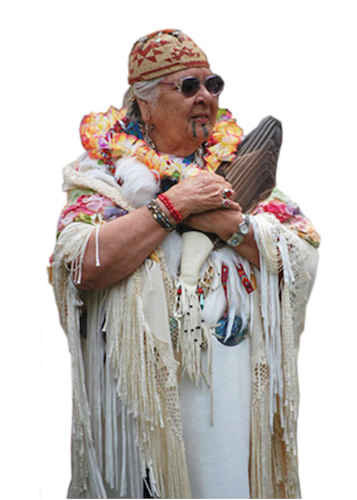
We feel honored to be stewards of this land. One of our main visions for this land is to protect its cultural and environmental heritage. We are excited to share about the native food forest we will be cultivating for the local community and beyond. We will also be placing the land into a conservation trust so no logging or future development can occur. For the many years to come, we will explore the ways can live in harmony with the natural world for the greater good of people and the plants and animals we depend on.
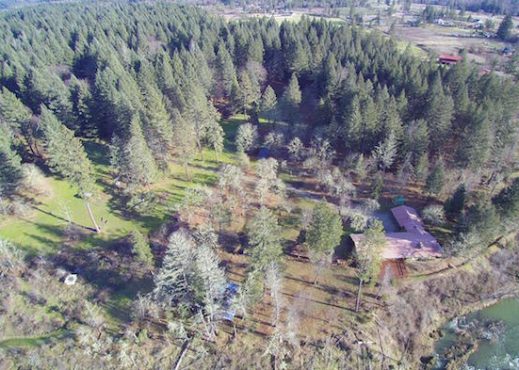
THE OFFERINGS
A variety of tree cathedrals, grasslands, river front meadows, and outdoor sleeping arrangments are just a handful of the incredible offerings of this sacred land.
THE MAGIC
The magic and depth of the forest stretch in every direction. The ideal Springtime weather will reveal subtle rainbows of forest flowers accenting the endless beauty of this exquisite land. The land we will gather on and the Illinois River that runs for almost a mile upon the shores is a hidden gem amongst the valley. We have been told that the land holds one of the best swimming holes in all of Southern Oregon!
THE STILLNESS
The beauty and stillness of this natural forest sanctuary makes it the perfect place to retreat, renew, and reconnect with nature and each other.
PLANT & ANIMAL RELATIONS
We are very fortunate to be surrounded by a widely diverse population of flora and fauna. As caretakers of this sacred land, we feel a strong responsibility to honor our plant and animal allies by not only protecting them and their habitat, but also to help educate others about what lives and grows here by providing people with opportunities to experience the beauty of these plants and animals for themselves. For this reason, We are honored to host the many different groups who will gather here on this land for learning and communing with the nature that flourishes here. We feel very fortunate to be involved in this process of helping promote a sustainable and abundant future for all living things on this planet by sharing knowledge and skills from the human past that can make a sustainable lifestyle a reality for everyone everywhere.
The animals here include, but are not limited to deer, foxes, coyote, raccoon, skunks, and sometimes black bear. The birds that surround us are migratory geese, quail, wild turkeys, hawks, ospreys and eagles. The fish that call the Illinois River their home are the Salmon People, Steelhead & Trout along with their friends the otter and ducks. The Land is a no-hunting zone so the animals here are abudant and safe.
The plant life here is incredibly diverse. This land is home to many native grasses, ferns, and berries, wild flowers, as well as many other edible and medicinal plants and fungi such as mugwort, self-heal, soap root, and a variety of mushrooms. The tree population is a blend of hardwoods like Manzanita, Madrone, and several kinds of Oaks along with mature Fir, Pine, Cedar trees, Alder, Maple and Apples. With special attention to management of non-native and invasive plants, Spirit Weavers is committed to maintaining a well balanced forest ecosystem with high biodiversity.
Read all about the ways the Spirit Weavers Community will tend to the land, giving back to the soils and the plant and animal relations that will surround us this spring though our Earth Ethic Pledge.
